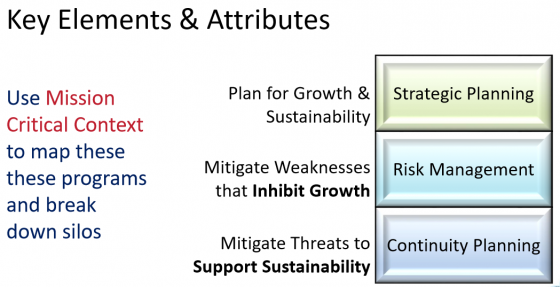With the cost of insurance for businesses rising across many types of coverage, staying on top of trends in the claims portfolio is more important than ever. Spotting problem areas and opportunities sooner makes it easier to develop and implement steps to reduce risk pre-loss and better control costs post-loss. For this reason, many insurers and TPAs promise to conduct claims reviews with their business customers on a regular basis, but the rigor can vary greatly. Practices that have been common historically often lack the nuance and precision that can unlock the maximum benefit for each customer’s unique situation.
Here are five best practices for a wide variety of customers across a range of industries:
1. Assemble the right team
Typically, only the person overseeing claims at the business attends the claims review with key claims staff from the carrier. However, this small team limits the potential for brainstorming solutions and getting full buy-in to implement them. In addition to claims experts, it may also be helpful for the carrier’s loss control team to attend, as well as agent/broker staff.
From the business customer side, it is helpful to include all key personnel who can facilitate immediate decisions that will impact the ultimate resolution of the claim in an efficient and timely manner or provide other insightful information. This often includes the risk manager, and may also encompass employees from legal, human resources, safety, operations and even the CFO, in some cases.
2. Develop a clear understanding of the customer to set the claims review objective
Broadly speaking, the goal is always to minimize loss costs to help manage the price and coverage of the overall insurance program. However, each business and claims portfolio is unique. One company may be most concerned with how claims reserves are affecting budgets. Another company may have an unusually high experience modification rate that they want to bring down by reducing the frequency of worker injuries. Yet another company may be changing part of their operation and want to monitor claims activity associated with it more closely than business-as-usual activities. The policyholder’s unique objectives should drive decisions about how often to conduct the claims reviews, what types of claims to include and where to dive into the greatest detail.
3. Fully understand and account for the impact of claims on the insurance program
In the initial design of the insurance program, certain coverages may have been limited due to a problematic claims record. For instance, frequent third-party claims for premises liability may have led to restrictions on Med Pay coverage or a higher deductible to give the customer a bigger stake in safety measures.
Or perhaps the customer hoped for a loss-sensitive program but could only secure a guaranteed cost program due to lack of an internal pre- and post-loss management platform. The claims review should be designed to account for how frequency and severity may affect underwriting decisions so that the policyholder can move toward its coverage objective
4. Choose claims for review according to objectives, not simply dollar value
The default choice for what claims to review is often based on dollar value—e.g., all open claims with incurred losses of $25,000 or more. This approach may miss underlying trends that could lead to severe loss, however. For instance, perhaps a restaurant chain experiences a high frequency of slip-and-fall claims from workers in its kitchens. While these may all have been minor, but it may only be a matter of time until a severe injury occurs.
With the objective to reduce frequency and the risk of serious injury, the claims review should examine all slip-and-fall claims using data and analytics to uncover causal factors such as food and liquid dropped on floors or seasonal workers with little safety training.
5. Track reserving on a micro level relative to all factors that can affect open claims
Typically, reserving is only tracked from a macro perspective, but this can overlook a variety of factors that could help better manage reserves and ultimate outcomes. For example, are the latest technologies being consistently used to manage costs? Advances in artificial intelligence and data and analytics now allow us to identify treatment providers associated with the best outcomes for injured workers, but how well are companies taking advantage of the recommendations? Early resolution techniques for auto and general liability claims may lower the ultimate cost of claims but cause a short-term bump in claims payments that needs to be accounted for in the customer’s budgeting process.
Potential Benefits
Claims reviews based on these best practices can yield significant benefits, especially when used as part of a holistic approach to managing risk and reducing losses. For example, an early claims review for a new manufacturing customer identified sprain and strain injuries as a problem area. The loss control team then surveyed the manufacturer’s operations and uncovered increased risk due to various manual lifting tasks, such as loading 8-foot-tall plastic silos with heavy equipment in a confined space. Based on that finding, the insurer’s team conducted onsite job hazard analysis supervisory training that included a safe lifting program, online courses and ergonomic risk assessments on a variety of tasks. As a result, within about two years, the program cut the manufacturer’s workers compensation loss ratio roughly in half.


 Last night was the first round of the 2016 NFL Draft and the lead story was that of Laremy Tunsil.
Last night was the first round of the 2016 NFL Draft and the lead story was that of Laremy Tunsil.